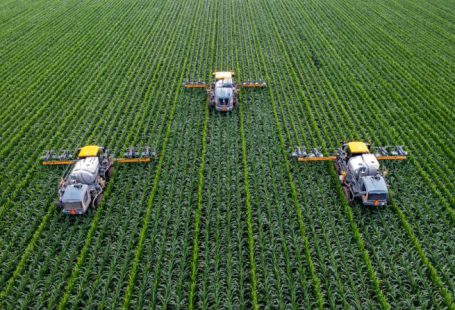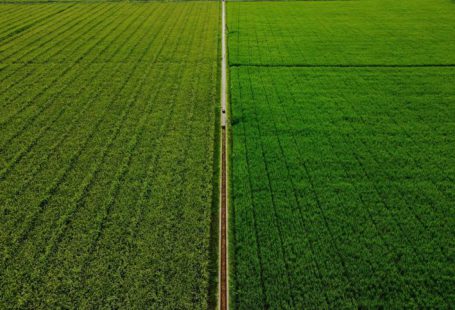Agroforestry is a sustainable land management system that integrates trees and shrubs into agricultural practices, offering a profitable and environmentally friendly business approach for farmers worldwide. By combining the cultivation of crops, livestock, and trees on the same piece of land, agroforestry maximizes the efficient use of resources while promoting biodiversity and soil health. This innovative approach not only generates economic benefits for farmers but also contributes to mitigating climate change and enhancing resilience to environmental challenges.
Diversifying Income Streams through Agroforestry
One of the key advantages of agroforestry is its ability to diversify income streams for farmers. By incorporating tree crops such as fruits, nuts, or timber alongside traditional crops like corn or soybeans, farmers can tap into multiple markets and reduce their dependency on a single commodity. This diversification not only spreads risk but also provides a stable and reliable source of income throughout the year. Trees also offer long-term financial benefits, as they continue to grow and produce yields for many years, ensuring a sustainable income for the future.
Enhancing Soil Fertility and Nutrient Cycling
Agroforestry plays a crucial role in enhancing soil fertility and nutrient cycling, leading to improved crop yields and reduced reliance on external inputs such as chemical fertilizers. Trees help to fix nitrogen in the soil, making it available to other plants and promoting healthier growth. The leaf litter and organic matter produced by trees also act as natural fertilizers, enriching the soil and supporting microbial activity. As a result, agroforestry systems are more resilient to drought and erosion, ensuring the long-term productivity of the land.
Promoting Biodiversity and Wildlife Habitat
Another important benefit of agroforestry is its ability to promote biodiversity and create habitat for wildlife. By providing a diverse range of plants and trees, agroforestry systems attract a wide variety of insects, birds, and other animals, contributing to ecosystem health and resilience. Trees also offer shelter and food for wildlife, creating a balanced and sustainable environment that supports biodiversity. By integrating trees into agricultural landscapes, farmers can help preserve natural habitats and protect endangered species, contributing to conservation efforts.
Mitigating Climate Change through Carbon Sequestration
Agroforestry plays a crucial role in mitigating climate change by sequestering carbon dioxide from the atmosphere and storing it in trees and soil. Trees absorb carbon dioxide during photosynthesis and store it in their biomass, helping to reduce greenhouse gas emissions and combat global warming. Agroforestry systems also enhance soil carbon sequestration, as organic matter from trees and crops is incorporated into the soil, increasing its carbon content. By incorporating trees into agricultural practices, farmers can contribute to climate change mitigation efforts and promote a more sustainable future for the planet.
Expanding Market Opportunities for Agroforestry Products
The market for agroforestry products is growing rapidly, offering farmers new opportunities to increase their income and reach a wider customer base. Tree crops such as fruits, nuts, and timber are in high demand due to their quality, sustainability, and nutritional value, providing a competitive edge for agroforestry producers. Agroforestry products also appeal to environmentally conscious consumers who are looking for ethically sourced and environmentally friendly alternatives. By tapping into this expanding market, farmers can capitalize on the benefits of agroforestry and establish a profitable and sustainable business model.
Embracing a Sustainable Future with Agroforestry
In conclusion, agroforestry offers a profitable and sustainable business approach for farmers seeking to diversify income streams, enhance soil fertility, promote biodiversity, mitigate climate change, and expand market opportunities. By integrating trees into agricultural practices, farmers can create resilient and productive landscapes that benefit both the environment and the economy. With the growing demand for sustainable and ethical products, agroforestry presents a promising opportunity for farmers to embrace a more sustainable future and contribute to the well-being of the planet.





